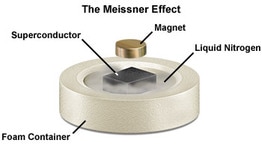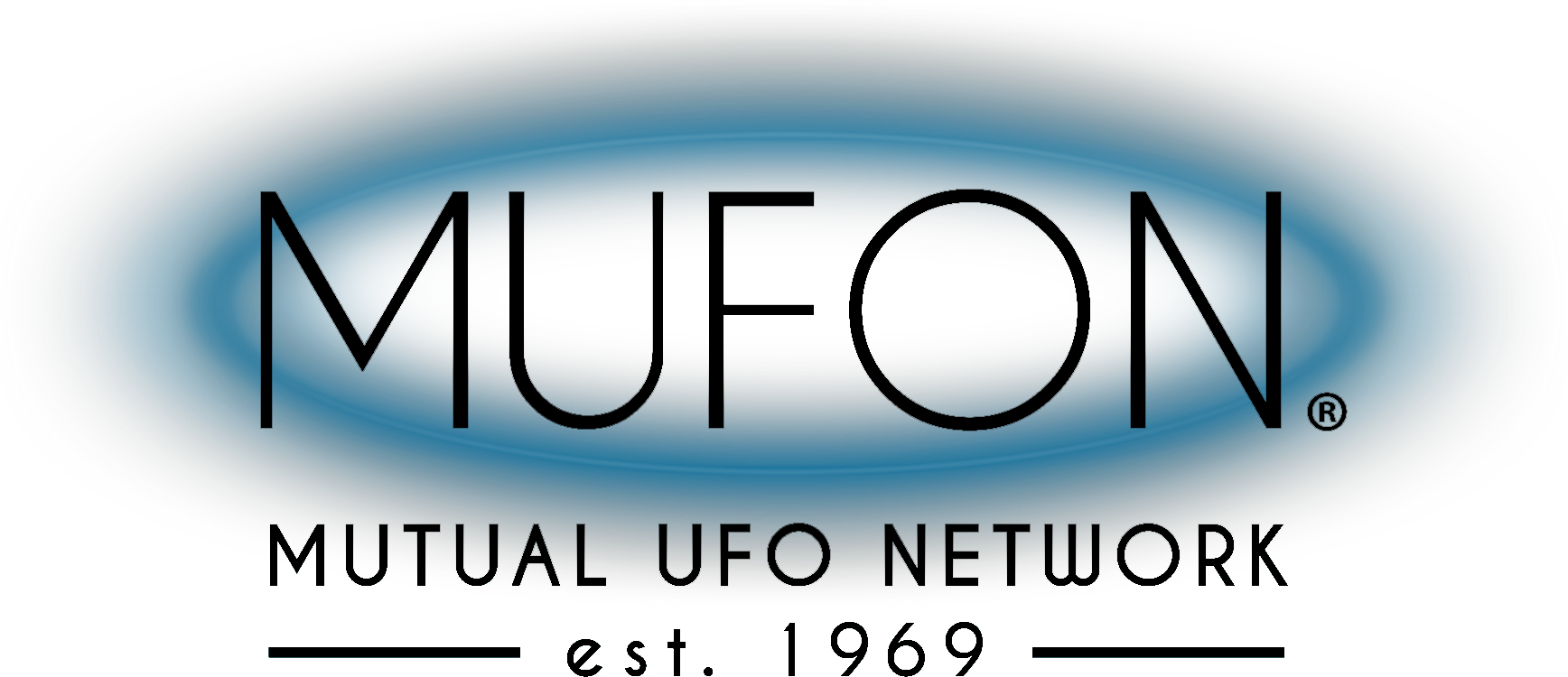 Surely if flying saucers existed, they would float around like the disc in this video. The demonstration by physicist Boaz Almog from Tel Aviv University, Israel, at the Association of Science-Technology Centers (ASTC) Annual Conference in Baltimore, Maryland, earlier this week illustrates how a superconducting plate can be fixed in 3D space while levitating above a track of permanent magnets.
Surely if flying saucers existed, they would float around like the disc in this video. The demonstration by physicist Boaz Almog from Tel Aviv University, Israel, at the Association of Science-Technology Centers (ASTC) Annual Conference in Baltimore, Maryland, earlier this week illustrates how a superconducting plate can be fixed in 3D space while levitating above a track of permanent magnets.
But this isn’t simply magnetic repulsion: the disc can also stay suspended upside down when the magnets are flipped over.
The make-up of the disc is key: it’s composed of sapphire crystals, which are poor conductors, coated with a thin layer of yttrium barium copper oxide, which is a superconductor. Superconductors hate magnetic fields due to a phenomenon called the Meissner effect. Since electrical current and magnetic fields are related to one another, and electrical current flows very easily in a superconductor, subjecting it to a magnetic field will create currents that expel the field inside it. The device will then resist any changes, like falling down, that might change the magnetic fields it contains.Almog’s disc can be locked in place thanks to tiny gaps in the ultra-thin superconducting coating that allow some of the magnetic fields to seep in. Since the superconductor hates magnetic fields, it traps them in weak areas. So the tiny spaces act as pins, holding up the disc in space.
“We have achieved what was thought to be impossible up until today: growing high quality superconducting layers on sapphire wafers,” says Almog. “Since the superconductor is of the highest quality, it allows a micron thick layer to be locked in space with enough power.”
But if you think this could lead to a hoverboard or flying car, don’t get your hopes up. Magnets would have to be embedded on a vehicle’s entire surface and it would need to be permanently chilled with liquid nitrogen. A superconductor that works at room temperature would solve part of the challenge, but such a material hasn’t yet been discovered.

